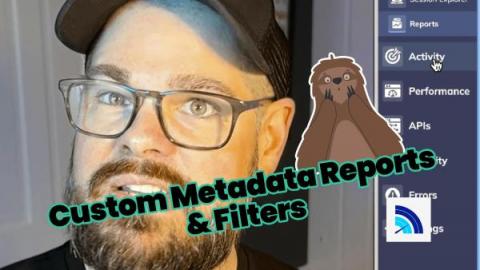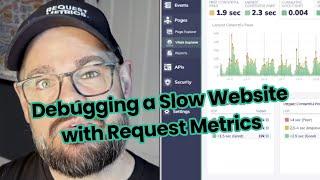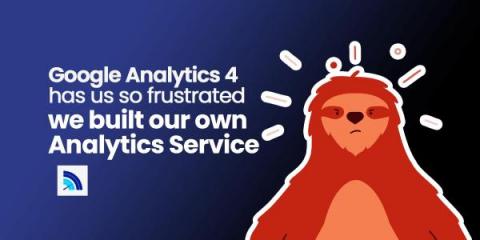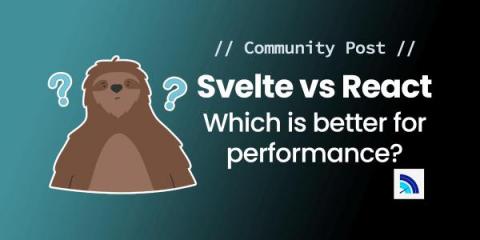What Is Time to Interactive? A Comprehensive Guide
Website performance is critical to understand user experience and engagement, but there are so many different metrics! What do they all mean? Not to worry, dear reader, I got your back. Let’s break down Time to Interactive or TTI, why you should care about it, and how to make it blazingly fast. In today’s fast-paced digital world 🙄, website performance plays a crucial role in user experience and engagement.











